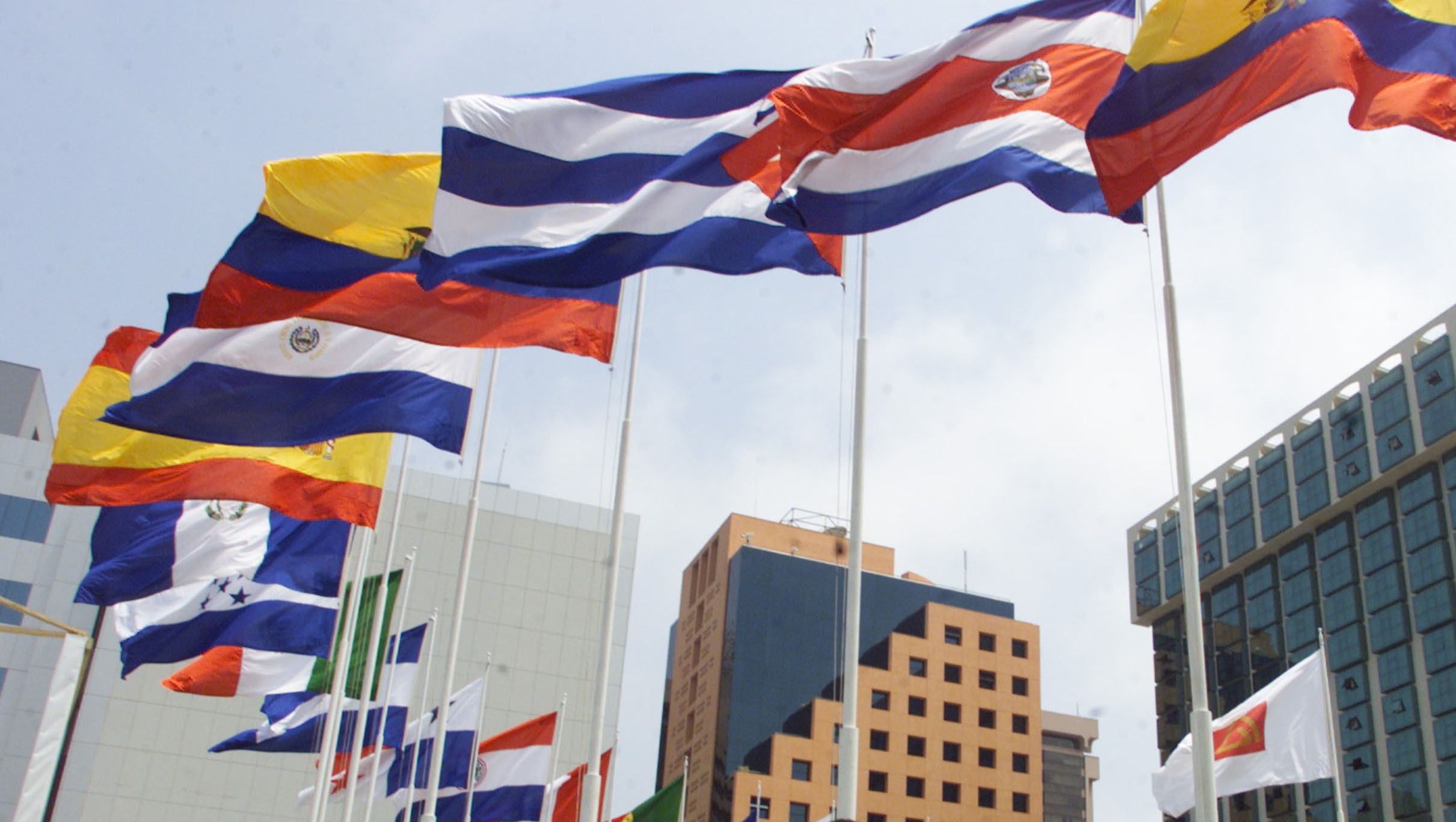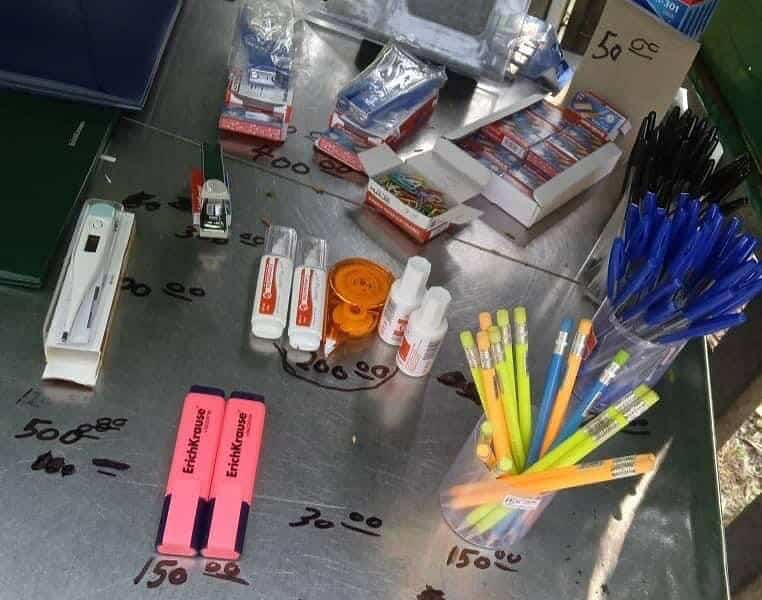Brazil’s indigenous people, the descendants of those who inhabited these lands before they were conquered or before anyone thought of turning them into a country, won a major victory for their people and the environment this Thursday. A majority of the Supreme Court’s justices on Thursday rejected by nine to two a ruling that was defended by the agriculture sector lobby, which had called for the establishment of a time limit on indigenous peoples’ land claims. The judicial process, which began with a Supreme Court ruling in 2021, has since kept indigenous and environmental organizations in suspense, as indigenous presence is critical to preserving the broader culture of indigenous peoples, as well as nature and biodiversity conservation. In the Amazon and in states where crops and livestock thrive.
Representatives of indigenous peoples continued the historic hearing from the Supreme Court’s chambers in Brasilia. For two years, each of the lengthy hearings held has raised enormous expectations as the case establishes the judiciary. Therefore, the outcome has enormous consequences for the tribal people.
Again in this polarized Brazil, the Supreme Court is divided into ideological camps. The two justices who voted in favor of the agribusiness thesis, two appointed by former President Jair Bolsonaro, are far-right, refusing to demarcate even a centimeter of new land for indigenous or biodiversity.
He lobby The purpose of agribusiness is that on the day of the promulgation of the Constitution i.e. October 5, 1988, the tribal people could not lay claim to the territories they had not settled. Their argument is that with that time frame, countless disputes over lands and lands can be resolved. Legal protection should be provided to agricultural producers. For indigenous peoples, imposing this ban would mean legalizing the many expulsions that occurred before that date, particularly during the dictatorship that ended in 1985.
Indigenous peoples are a very small minority of Brazilians (1.7 million of those living in villages and towns) and their lands occupy more than 13% of the land area. Among them they perform an important function for the planet, because they are always the best protected areas of nature. In satellite images of the Amazon or other ecosystems, indigenous lands and nature reserves are easy to identify because they are usually green islands.
“Victory! We have defeated the legal-political thesis of the Provisional Framework,” declared APIB in a note, an organization that unites Brazil’s indigenous peoples, until a few months ago, directed by Sonia Guajajara, now Minister of Indigenous Peoples in the Luiz Inácio Lula da Silva government. However, the Judiciary APIB warns that some risks have emerged, such as the possibility that agricultural producers may have to be compensated throughout the process.
Information is the first tool against climate change. Subscribe to it.
Register
“Our original right is guaranteed, but there are issues that threaten us in the Supreme Court debate,” the APIB notes in a note, adding that “the proposed demarcation of vacant land and the exclusive use of indigenous lands may be impossible.” , which is also an inalienable right.”
The process of delimiting indigenous lands was most intense in the first years of Brazil’s restoration of democracy in 1985. But the political, social and economic crisis that the country went through a decade ago brought it to a standstill and came to a complete standstill in the last four years. Retired army veteran Jair Bolsonaro promised in his first presidential campaign not to legalize “one centimeter of indigenous land,” and he kept his word. Lula restarted the process, but at a much more alarming pace than indigenous peoples and environmentalists would have liked. He resumed creating native lands with eight areas carefully selected from a long list of demands because he avoided the most politically and legally conflicting ones.
The case that the Supreme Court has just decided concerns a certain piece of land in the state of Santa Catarina in the south of the country. In 2009, a judge of first instance stripped the Ibraama-Laglano territory of its indigenous reserve status, arguing that indigenous people were not there on the day the constitution came into effect, which recognizes indigenous peoples’ rights to their lands. Exclusive exploitation. Bolsonaro has failed in his efforts to allow outsiders to exploit those riches.
President Lula and his government were waiting to see what the Supreme Court would decide on the case. But the judgment of the Supreme Court is not an end to the matter. Because the agriculture lobby has sought an alternative way to achieve its objective, the Senate is debating a related bill. Your Honorable Members are due to vote on it next week.
You can follow the climate and environment Facebook And XOr register here to receive Our weekly newsletter





